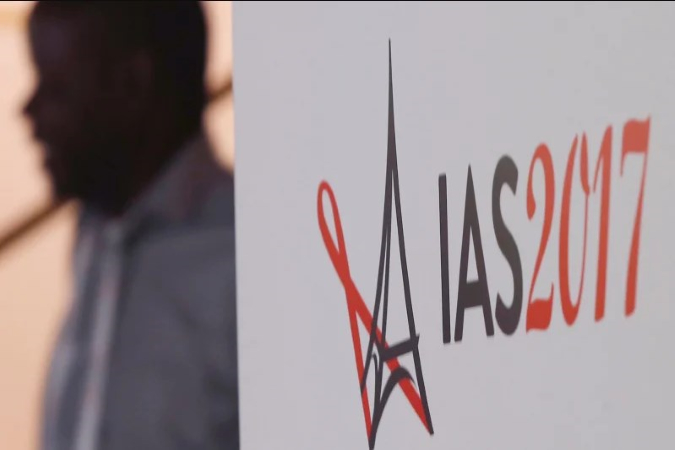03
Aug 2017
Is HIV-Free Child Sign of a Cure?
Published in General on August 03, 2017

In years past, when a baby was born with HIV, it was a certain death sentence. Think actor Paul Michael Glaser’s daughter Ariel, who was born with HIV from a tainted blood transfusion her mother received. Both eventually succumbed a few years later.
Flash forward to present day, when a few babies born with HIV who receive early treatment at high doses are considered HIV-free after a long period of treatment.
This brings hope to families who thought they would never get to see their child grow up.
This is far from a universal cure, but also far from the days when parents raising an HIV-infected baby knew they would be making funeral arrangements at some point in the future.
The treatment involves the child’s own immune system being strengthened. There is no solid proof, but experts aren’t giving up.
According to a study presented at an International Aids Society conference, there is a 9-year-old girl in South Africa who has been declared in remission for the past 8 years.
By treating infants early, Director of the National Institute of Allergy and Infectious Diseases, Dr. Anthony Fauci, states, “We may be able to spare them the burden of lifelong therapy.”
The little girl was enrolled in a clinical trial that the Institute sponsored.
The trial involved placing the little girl, then an infant in 2007, on an anti-retroviral treatment when she was just over two months old. In the study, 143 of the children had their treatment stopped at 40 weeks, and this little girl was one of them.
The other 142 children experienced a return of the virus, while this little girl did not, and still has no signs of it today. Although the virus was found in a few of her immune cells, they aren’t strong enough to reproduce.
The hope continued in 2013, when an infant from Mississippi was given aggressive treatment and was deemed virus-free for 2 years. Doctors decided to launch clinical trials and put 450 infants in a study using the same aggressive treatment that the “Mississippi baby” had undergone.
But the “Mississippi baby” case had a downturn, when the child’s viral load soared, and treatment resumed.
To date, the only HIV-infected person known to have been cured is “The Berlin Patient”, Timothy Ray Brown. This happened in 2007 when doctors treated his leukemia by destroying his immune system via radiation and chemotherapy. A bone marrow transplant replaced it from an “elite controller”. Thus far, Mr. Brown’s HIV infection has never returned.
As with any medical research, it can take years to find a cure for a disease. But we shouldn’t give up hope. At one time there was no cure for polio. Medical researchers worked for years on a cure. And then it finally happened. On March 26, 1953, Dr. Jonas Salk made a radio announcement that tests for a polio vaccine were successful.
Other diseases and medical conditions that have been cured by vaccination or treatments include but aren’t limited to smallpox, chicken pox, SARS, measles, shingles, and rabies.









